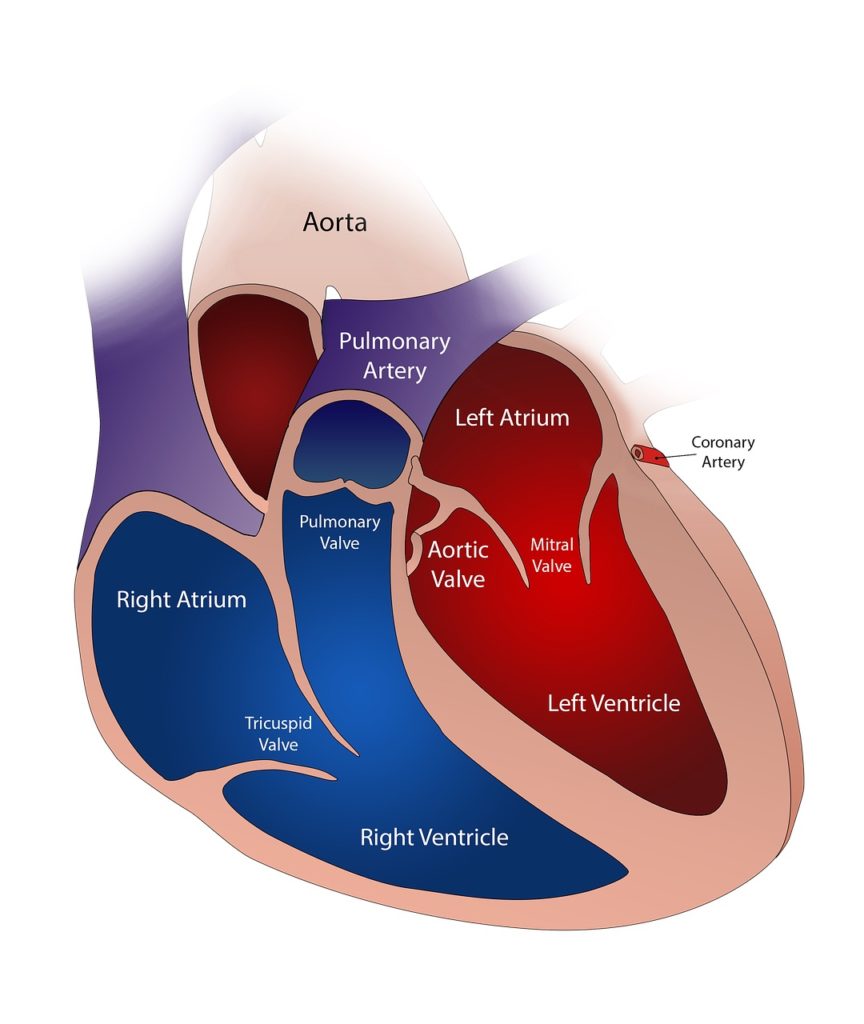As a quick refresher, remember that Pulmonary Hypertension is broadly divided into five groups:
Group 1: Pulmonary Arterial Hypertension
Group 2: PH due to left heart disease and valvular heart disease
Group 3: PH due to chronic lung disease (pulmonary fibrosis or emphysema)
Group 4: PH due to chronic blood clots
Group 5: PH due to various miscellaneous causes such as sarcoidosis, and other rare disease

I have written articles about PAH, Diastolic Heart Failure related PH, PH due to lung disease. Another important cause of PH is long standing mitral or aortic valve disease that can lead to quite severe Pulmonary Hypertension.
The classic example is narrowing of the mitral valve (mitral stenosis). This disease used to be quite common as a late complication of rheumatic heart disease. Patients with severe mitral stenosis often develop severe Pulmonary Hypertension. In a majority of patients once the valve is replaced, the pulmonary artery pressures improve. However, in some patients, despite a replaced valve the pulmonary artery pressures remain very high. This group of patients has been a challenge to treat. Until recently we would treat as though they now had PAH (even though the original problem was left heart/valvular heart disease).
In 2018, a well designed study was reported investigating the role of sildenafil in 200 patients who had a history of corrected valvular heart disease and persistently elevated pulmonary artery pressures more than one year after their valve correction. Of note, although all patients had mean (or average) pulmonary artery pressures greater than 30, the left sided pressures were also elevated. Patients were followed for six months. Patients treated with sildenafil did worse than those receiving placebo.
These results were very surprising to experts in the field and provide an important warning that PAH is not the same as PH due to valvular heart disease. Even after the valvular disease is corrected, it appears that these patients do not behave like PAH patients and we should be very cautious in applying PAH medications to them without further data.
